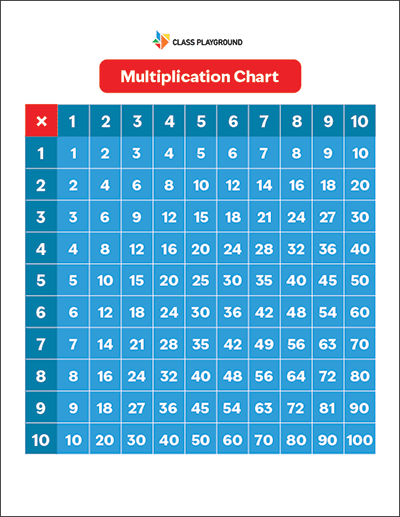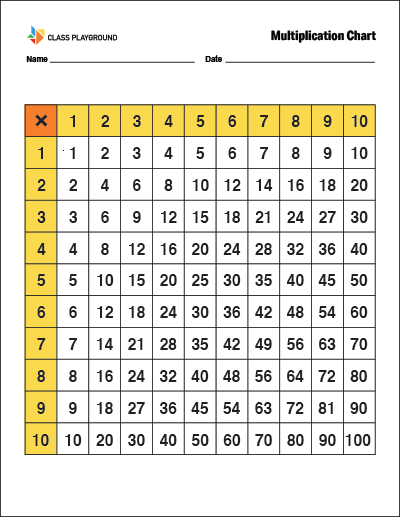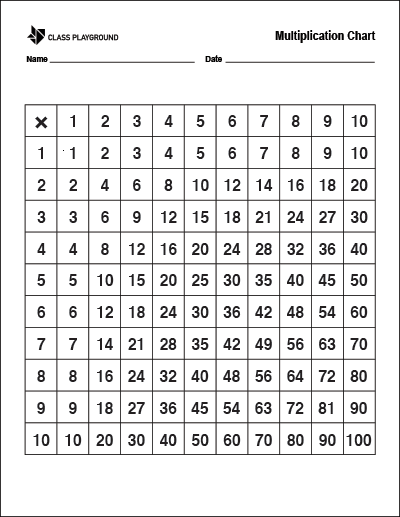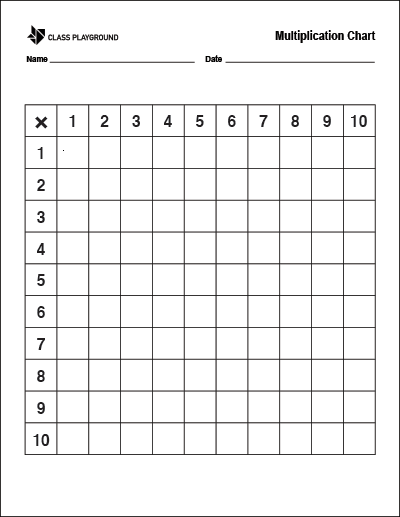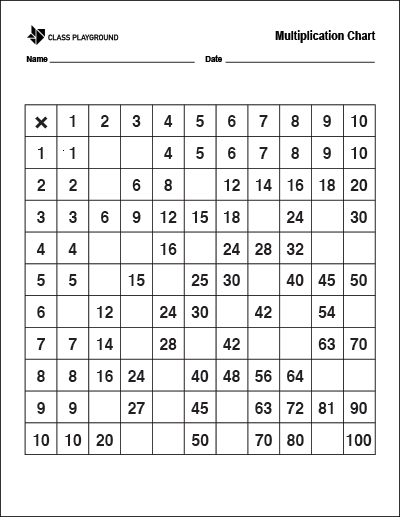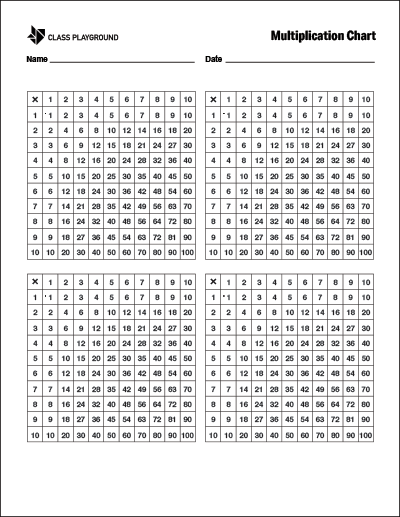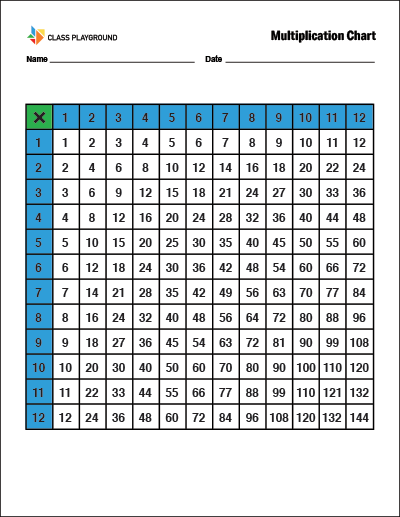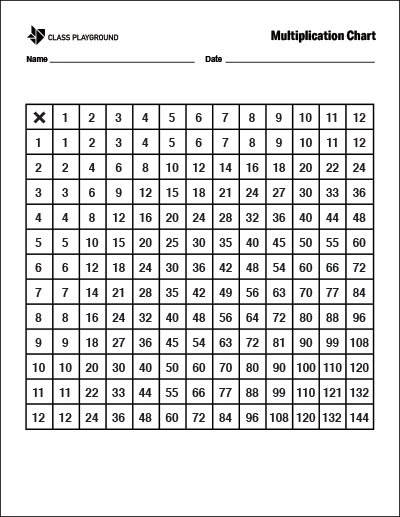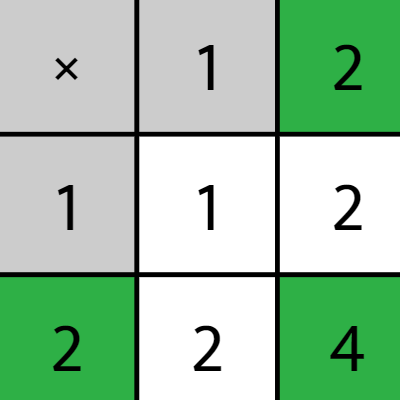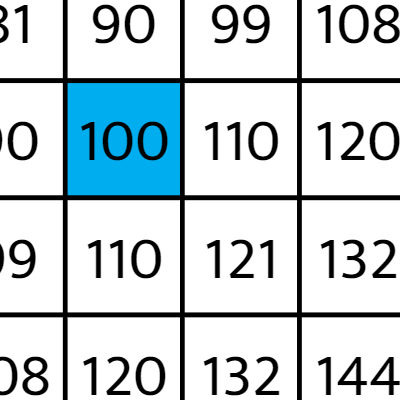What is a Multiplication Chart?
A multiplication chart is an essential tool in elementary math. It’s a grid that displays the product of two numbers: one from the top row and one from the left column. For example, if you follow the row for 6 and the column for 8, where they intersect will give you the product, 48. This visual representation helps students understand and memorize multiplication facts. Try our interactive multiplication chart for digital practice or download printable charts to use in your classroom.
Why Use a Multiplication Chart?
Multiplication charts are invaluable for several reasons:
- Understanding Multiplication: The chart visually demonstrates how multiplication works, helping students grasp the concept and preparing them for division.
- Pattern Recognition: By repeatedly using the chart, students start recognizing patterns among factors, which deepens number sense and supports topics like fractions.
- Building Fluency: Charts aid in memorizing facts, a key skill needed for higher-level math, including geometry and algebra.
- Demonstrating the Commutative Property: The chart shows that the order of factors doesn’t affect the product (e.g., 4 × 5 = 5 × 4), reinforcing this property visually.
Activities
- Color Coding: Give students colored pencils and have them shade multiples on the chart. For example, coloring multiples of 2 or 5 makes patterns easy to see.
- Multiplication Bingo: Create bingo cards with products and call out multiplication problems. This is a fun way to reinforce fact recall.
- Race to Find the Product: Divide the class into teams. Call out problems and award points to the first team that finds the answer on the chart.
- Chart Puzzles: Blank out some numbers on the chart and have students fill in the missing products. This strengthens memorization.
- Finding Factors: Give students a product and have them use the chart to list all the factor pairs.
- Skip Counting: Practice counting by 2s, 3s, or 5s using rows and columns on the chart. This builds fluency and prepares students for multiplication games like Basketball Multiplication.
- Chart Art: Have students color multiples to create designs or patterns, making practice engaging and visual.
- Beat the Clock: Set a timer and challenge students to solve as many problems as possible using the chart before time runs out.
Conclusion
A multiplication chart is more than a reference tool—it’s a gateway to fluency, pattern recognition, and problem-solving. Combined with hands-on activities, printables, and interactive games, it helps students build confidence and lays the groundwork for advanced math success.

